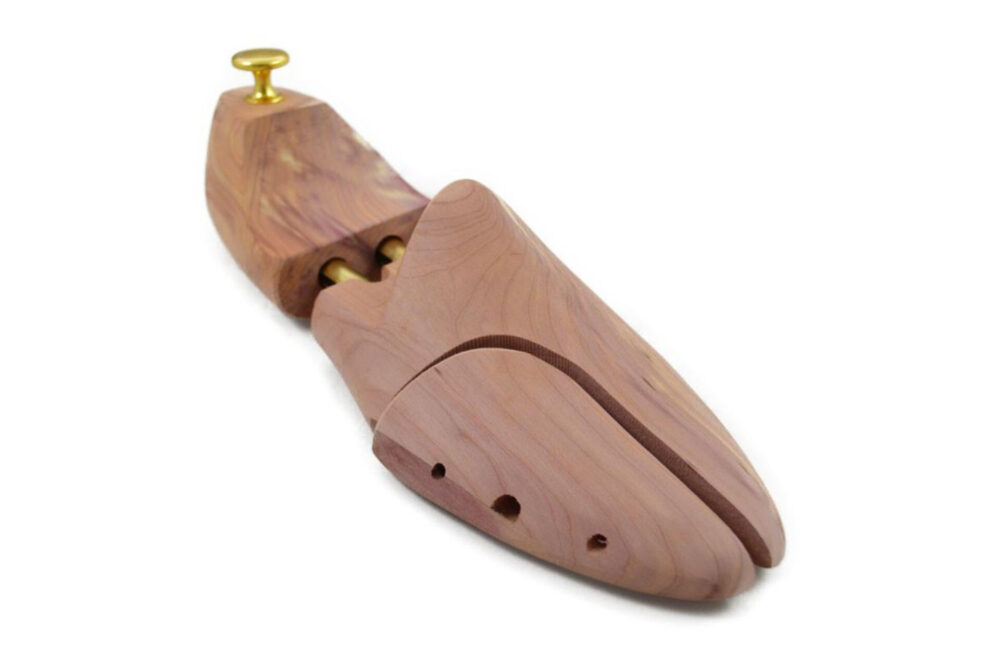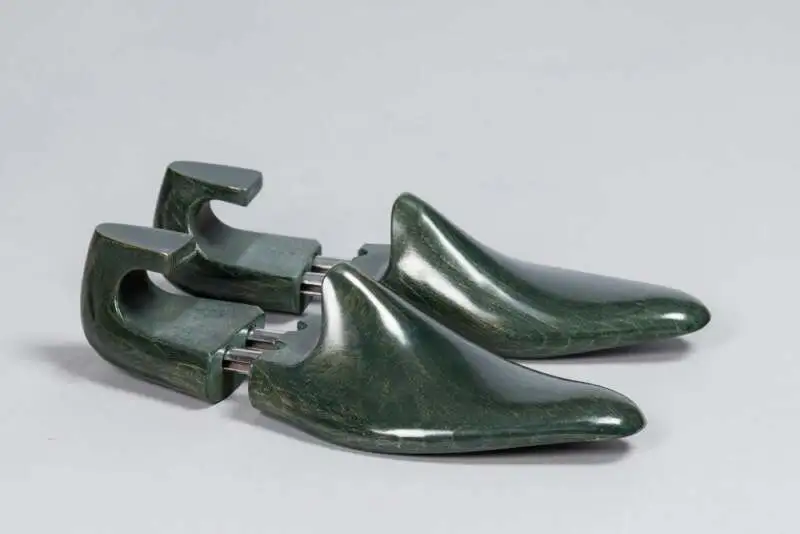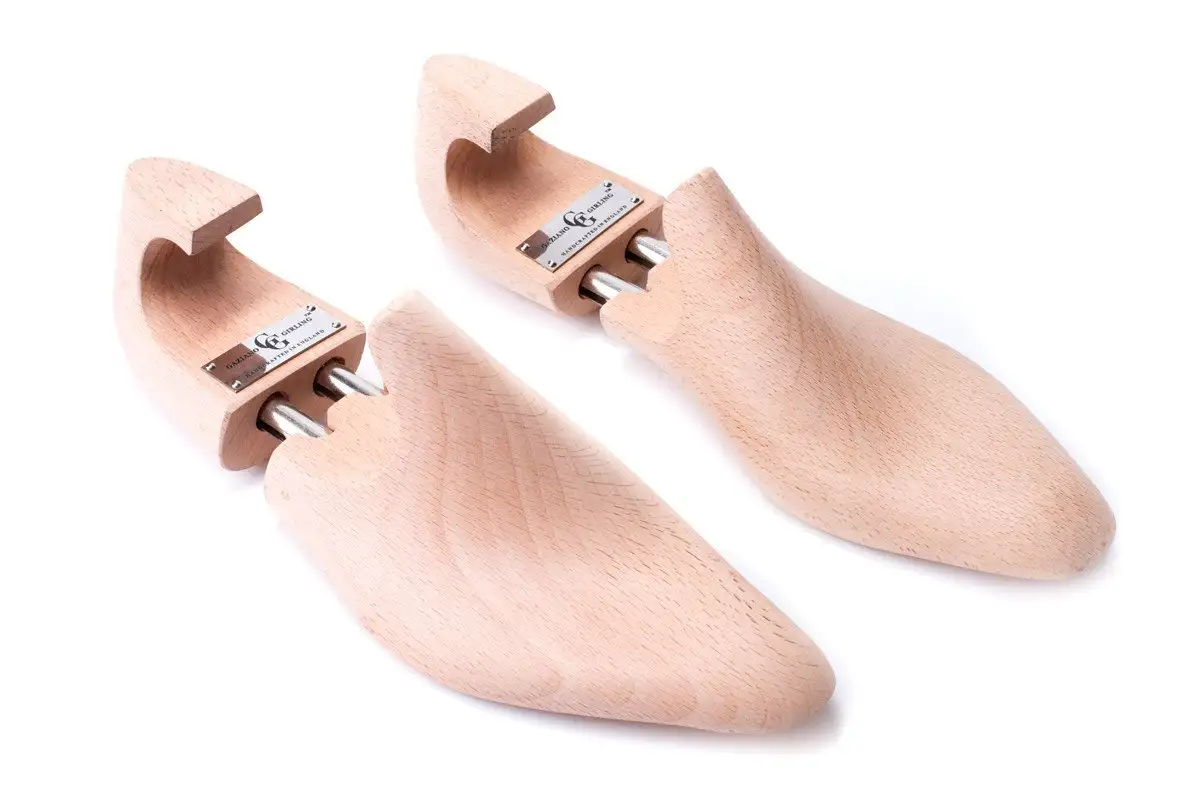

Are Cedar Shoe Trees the Best? Let’s Break Down the Myth.
If you’ve ever shopped for shoe trees in the U.S., chances are someone has told you that cedar shoe trees are the best. This claim gets repeated so often, it’s practically taken as fact. But let’s pause and really examine it.
Are cedar shoe trees truly the best option out there?
In short: no—they’re not. And here’s why.
Where the Cedar Myth Comes From
Cedar shoe trees are a U.S. phenomenon. The wood is cheap and widely available in North America, which makes it appealing for mass production. Manufacturers and retailers jumped on the opportunity to turn a low-cost material into a high-margin product. All they needed was a story to sell it.
So, they created one.
They emphasized cedar’s aromatic qualities and moisture-wicking abilities, turning these features into a full-blown sales narrative. The pitch? “It absorbs sweat. It keeps your shoes fresh. It’s the best wood for shoe trees.”
The truth? Cedar does smell nice, and it does absorb some moisture—but not to any degree that truly sets it apart from other woods. And that fragrance? It wears off. Fast.
Meanwhile, the wood itself is brittle and chips easily, which is something you may have noticed if you own a pair. It’s not uncommon to find splintering or cracking over time—especially with cheaper models made from poorly processed cedar.


Cedar’s Popularity in the U.S. vs. the Rest of the World
Step outside the U.S., and the story changes dramatically. In Europe, cedar is rarely used for shoe trees. High-end shoemakers and traditional craftsmen prefer beechwood, limewood, alder, or maple—woods that are denser, more durable, and hold up better over time.
Why the difference? A big part of it comes down to sales culture.
In the U.S., commission-driven retail environments create incentives for salespeople to push accessories—often without regard for actual product quality. Shoe trees become upsell items. Cedar is cheap to produce, easy to mark up, and easy to sell with a rehearsed script.
In Europe, however, commission-based selling is far less common. The result? Less pressure to upsell, and a greater emphasis on product integrity. Shoemakers there choose wood based on performance, not marketing potential.




So, Is There a “Best” Wood for Shoe Trees?
Not exactly.
There isn’t one perfect wood that’s universally superior—but there are definitely better and worse choices.
What matters most is that the shoe tree holds its shape, provides firm support, and doesn’t damage your shoes over time. Woods like beech, lime, and maple are often preferred by professionals because they’re:
- Durable
- Smooth-grained (less likely to splinter)
- Heavy enough to hold shape but not overly so
- Readily available outside of the U.S. cedar market
Cedar, on the other hand, chips easily, especially when it’s not properly finished. And while the scent is pleasant, it fades and doesn’t solve serious odor issues. If you’re buying cedar shoe trees thinking they’ll cure sweaty feet, you’re being sold a fantasy.
Bottom Line: Stop Believing the Hype
If you’re buying cedar shoe trees because they’re affordable, that’s totally fine—just don’t buy into the idea that they’re the best. That claim is the product of smart marketing and a long-standing myth, not material superiority.
So next time someone tells you that cedar shoe trees are the best, ask yourself:
Best for your shoes—or best for their sales quota?
—Justin FitzPatrick, The Shoe Snob
Shop · Marketplace · J.FitzPatrick Footwear · Patreon









